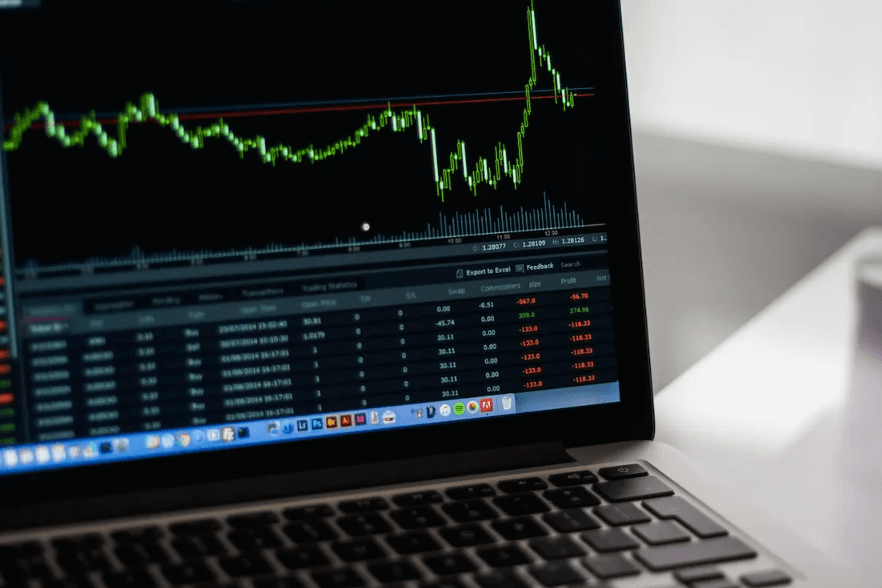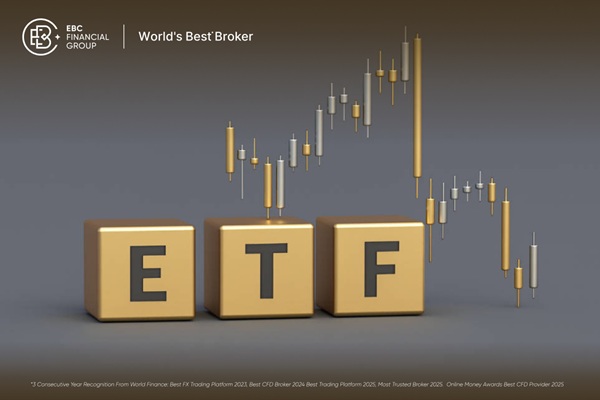technical analysis studies past price and transaction volume data to predict
future price trends. This type of analysis focuses on the composition of charts
and formulas to capture primary and secondary trends and identify buy/sell
opportunities by estimating the length of market cycles. Based on the time span
you choose, you can use daily (every 5 minutes, every 15 minutes, every hour)
technical analysis as well as weekly or monthly technical analysis.

The basic theory of technical analysis:
(1) Dow Jones theory
The oldest theory in this technical analysis suggests that prices can
comprehensively reflect all existing information, and the knowledge available to
participants (traders, analysts, portfolio managers, market strategists, and
investors) has been translated into pricing behavior. Currency fluctuations
caused by unpredictable events, such as divine will, will be included in the
overall trend. Technical analysis aims to study price behavior and draw
conclusions about future trends.
The Dow Jones theory, which mainly revolves around the development of the
stock market average, suggests that prices can be interpreted as waves that
include three types of amplitude: dominant, auxiliary, and secondary. The
relevant time period ranges from less than 3 weeks to more than 1 year. This
theory can also explain the anti-gallop mode. Anti-roll mode is the normal stage
experienced by a trend to slow down movement speed, with levels of 33%, 50%, and
66% for anti-roll mode.
(2) Fibonacci anti-galloping phenomenon
This is a widely used set of backtracking phenomena based on the numerical
ratio generated by natural and human phenomena. This phenomenon is used to
determine the magnitude of the rebound or backtracking between prices and their
potential trends. The most important levels of anti-galloping are 38.2%, 50%,
and 61.8%.
(3) Elliot's wave
Elliot scholars classify price trends using a fixed wave pattern. These
patterns can represent future indicators and reversals. Waves that move in the
same direction as the trend are called push waves, while waves that move in the
opposite direction are called correction waves. The Elliot wave theory divides
the driving wave and the correction wave into 5 and 3 main directions,
respectively. These eight directions form a complete wave period. The time span
can range from 15 minutes to decades.
The challenging part of Elliot's wave theory is that one wave period can be
composed of eight subwave periods, which can be further divided into pushing and
correcting waves. Therefore, the key to Elliot's waves is the ability to
identify the environment in which specific waves are located. The Elliot faction
also uses the Fibonacci anti-galloping phenomenon to predict the peaks and
valleys of future wave periods.



























